Celebrating a Yorkshire Woman on Yorkshire Day: Alice Thornton (1626-1707)
Alice Wandesford Thornton was born at Kirklington Hall, Hambleton in 1626 and died at East Newton Hall, Ryedale in 1707. While she spent some of her formative years away in London, Dublin and Chester, the majority of her life was spent in North Yorkshire and her four autobiographical books are rich sources for the history of Yorkshire life in the seventeenth century as Thornton herself moved from Richmondshire to Ryedale (40 miles southeast).
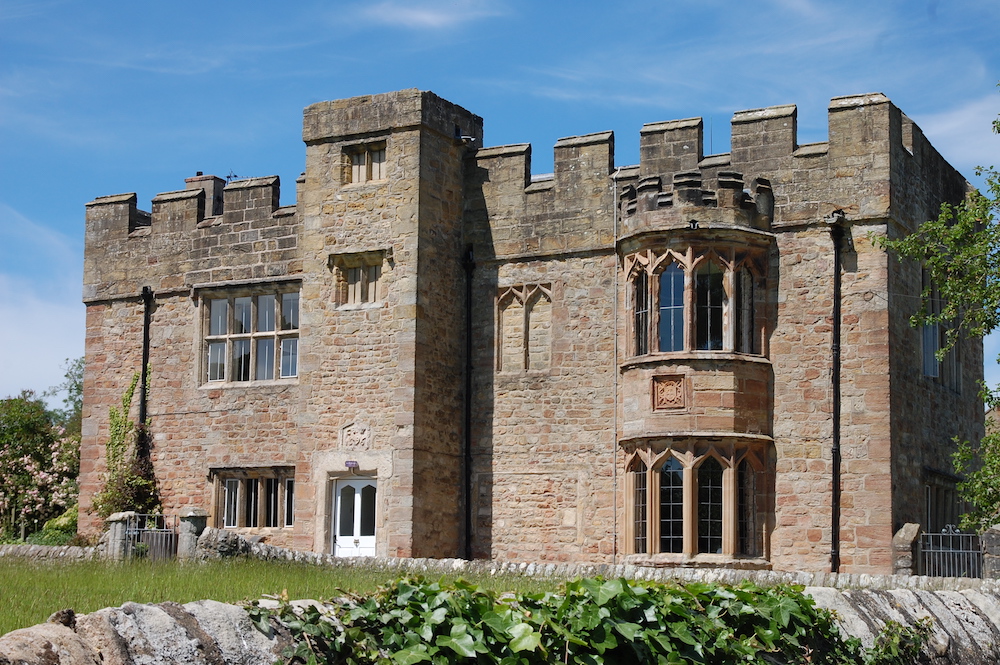
From 1644 to 1660 Alice Thornton lived at her mother’s jointure property, Hipswell Hall, Richmondshire. Still extant above the porch door is the inscription ‘GW 1596’, a reference to the alterations made to the fifteenth-century property by George Wandesford (1573-1612), Alice’s grandfather, in 1596.
While living at Hipswell as a teenaged girl, Alice had a couple of narrow escapes from Scottish soldiers who were quartered on her mother’s estate, one of whom was apparently very keen on marrying her. Thornton also relates how in 1645 the nearby town of Richmond was hit by a plague outbreak and a midwife was not allowed to leave to attend her sister, Katherine Danby, to prevent further spread. Then, in 1651, she married William Thornton and he moved in with Alice and her mother, while his own family property at East Newton was being rebuilt.
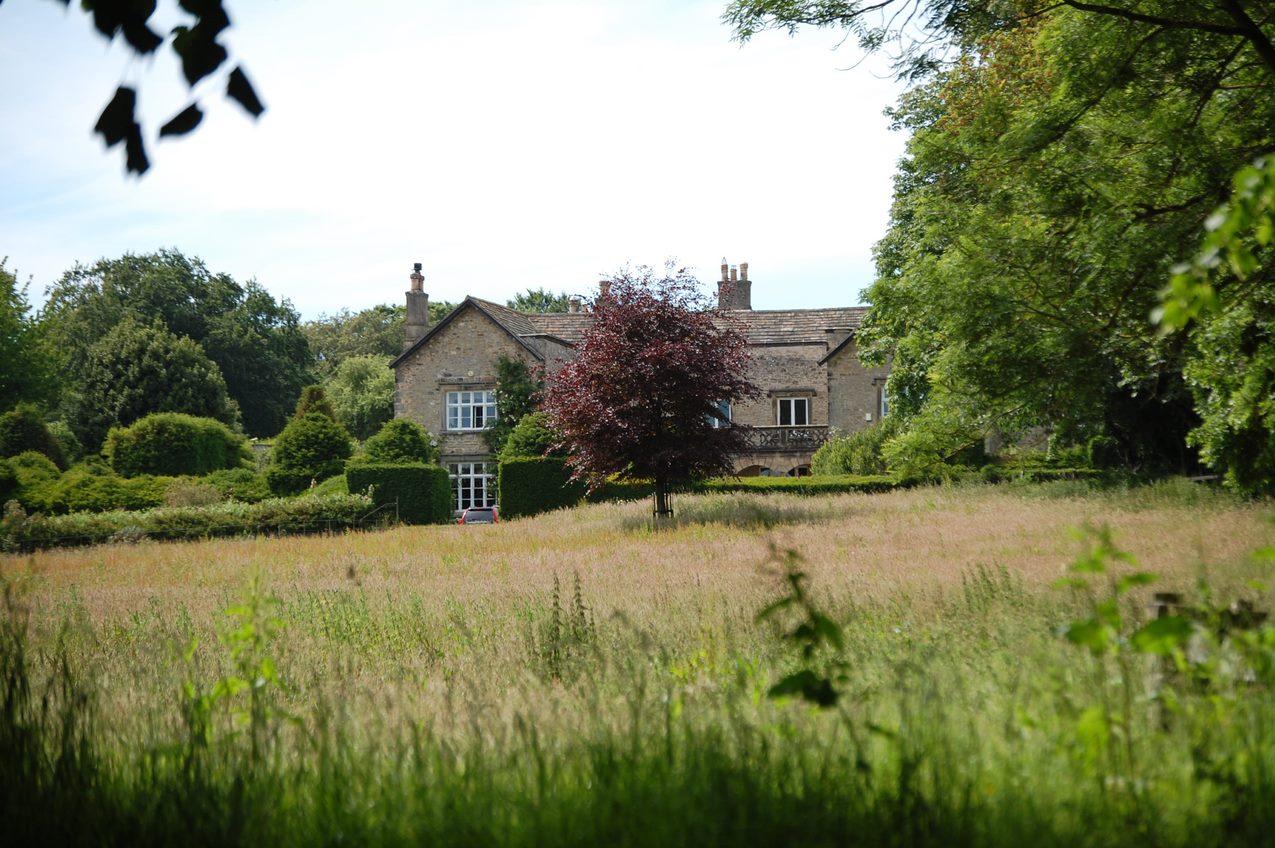
When her mother died in 1659, and her younger brother, Christopher, inherited Hipswell Hall, Thornton was forced to move her family out in early 1660. She initially only went as far as nearby Aunt Norton’s house - St Nicholas, Richmond - as she was heavily pregnant. Once she had recovered, Alice and her husband moved to the part of north Yorkshire from where William Thornton hailed: Ryedale.
For Thornton, this was not just a move of forty miles within North Yorkshire, but a ‘removal from my own country, friends and relations’.[1] Thornton relates, though, that she managed to bring offcuts of the fashionable plane trees planted at Hipswell so that she could set them 'in rows and walks in the front of my house’, providing a link between her old home and the new.[2]
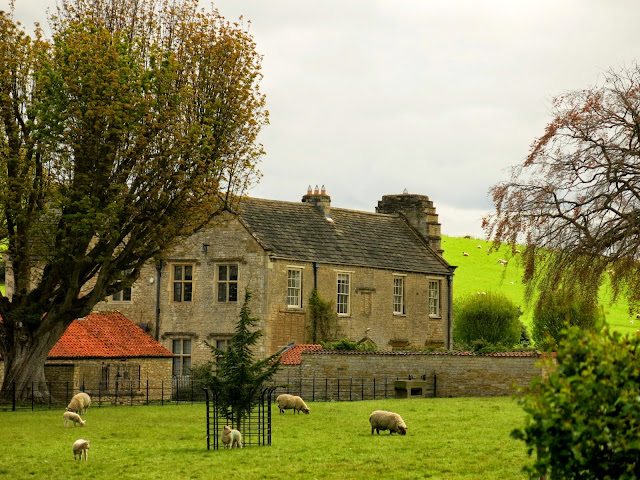
In 1660 they initially stayed in Oswaldkirk but in 1662 the house that William Thornton had promised to build in their marriage settlement was ready for them to move into: East Newton Hall. Thornton’s discussions of this property – ‘we had builded it anew from the ground', which was '6 years' work’ – give us a firmer date for the building than that noted by Pevsner (c.1620-30).[3]
East Newton Hall is where Thornton lived until her death. However, in 1692 she passed ownership of the property to her son-in-law, Thomas Comber, in return for an annual pension. He died before her, in 1699, so the property was then owned by Thornton’s oldest daughter, Alice Thornton Comber, usually referred to as Nally in the Books.
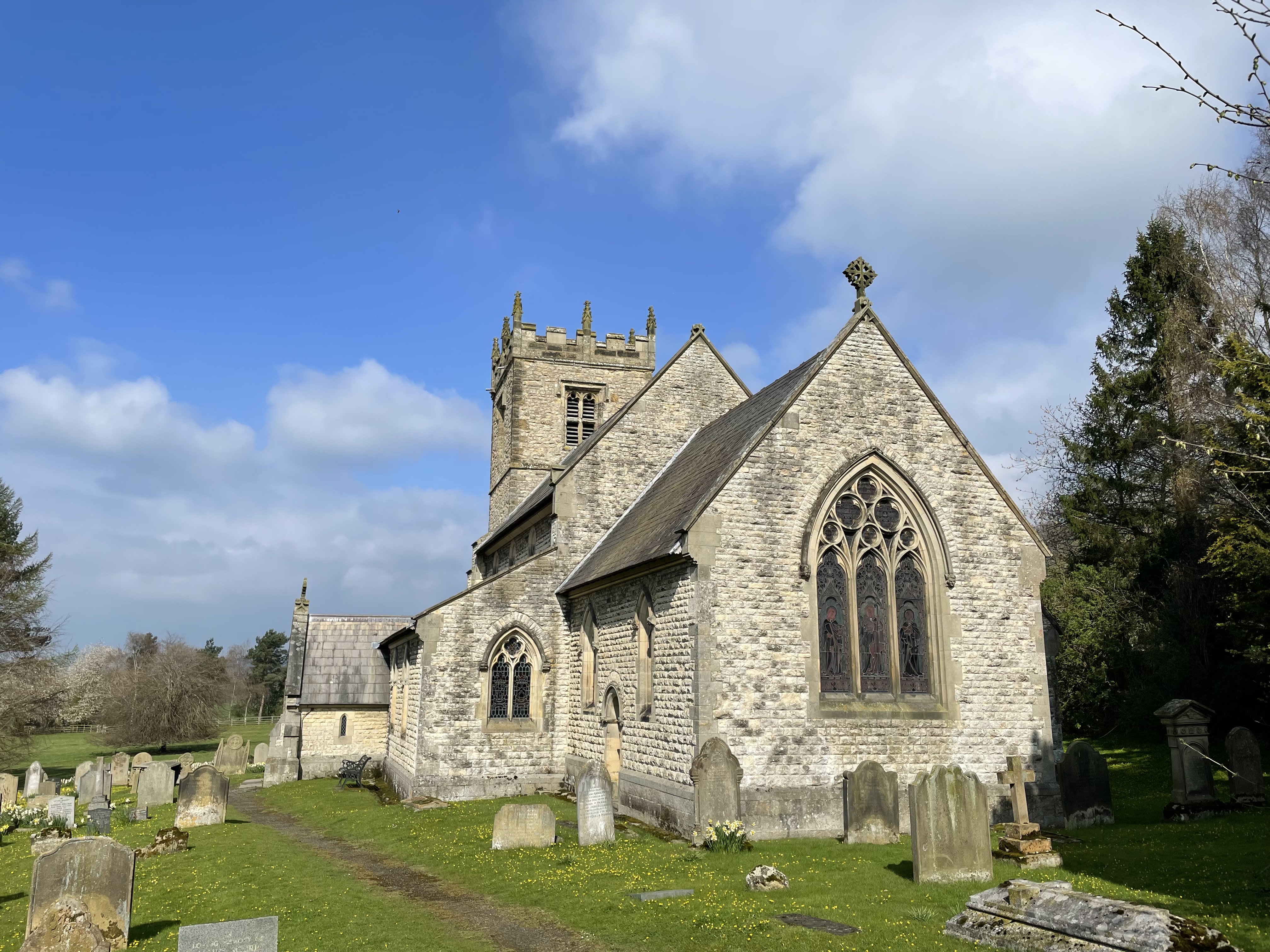
Thornton, like her husband and her son-in-law, was buried at the nearby church of Stonegrave. Memorial plaques to the two men can be found on the wall and floor there. In her will, made in 1705, Thornton wanted to leave money to repair and cover the north alley in the church, where the Thornton family were all buried. She noted that she had not been able to do this during her life, presumably because of her family’s debts, and so she requested that her oldest daughter, Nally, might take this on:
Whereas it has been my desire to have repaired and covered the alley in the parish church of Stonegrave belonging to my dear husband’s family with sufficient leading and repairing the glass windows now stopped up, and could not be able as I designed, therefore I desire and leave it ... with my daughter Comber to do the same, if God enable her to do it, but if she do it not, I desire and charge my grandson Thomas Comber that he will perform and do the same, for the honour of God and the satisfaction of his duty to the ancient family of his grandfather Thornton.[4]
Thornton's Books also mention other local landmarks such as Middleham Castle, the river Swale and Whitestone Cliff, on the edge of the Hambleton Hills. Have a look at our work-in-progress map to see the Yorkshire places named in Thornton’s Books. Have you visited any of these sites linked with Alice Thornton?
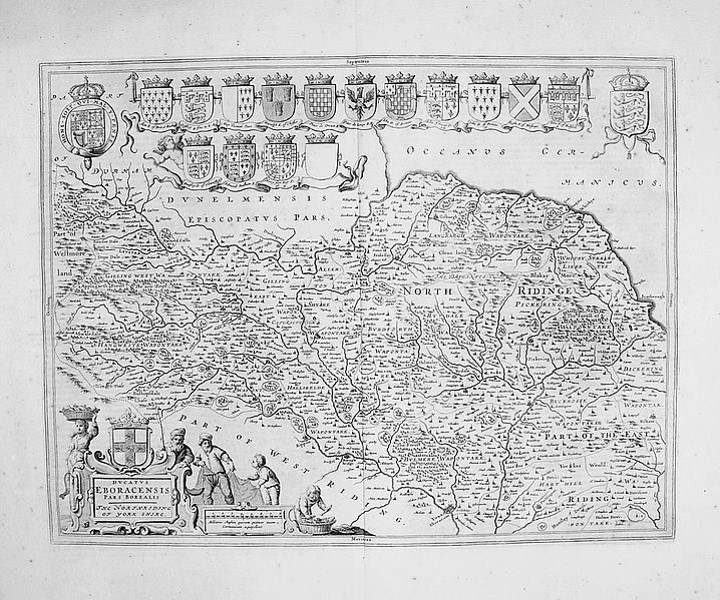
The text quoted above is from our work-in-progress edition of Alice Thornton's Books. The text is modernised in the body of the blog and the semi-diplomatic transcription is reproduced here in the notes: ‘removall from my owne Countrey, freinds, & Relations’. Alice Thornton, Book 3: The Second Book of My Widowed Condition (hereafter Book 3), British Library MS Add 88897/2, 43. ↩︎
Book 3, 130: ‘in the Rowes & walkes in the front of my House’. ↩︎
Alice Thornton, Book 2: The First Book of My Widowed Condition, DCL, GB-0033-CCOM 7, 77 (‘we had Builded it, a new from the Ground’); Alice Thornton, Book 1: The First Book of My Life, British Library MS Add 88897/1, 193 (‘6 yeares worke’); Jane Grenville and Nikolaus Pevsner, Yorkshire: The North Riding. New Haven: Yale University Press, 2023, 261. ↩︎
Charles Jackson. Ed. The Autobiography of Mrs. Alice Thornton of East Newton, Co. York. Durham: Surtees Society, 1875, 337 (modernised). ↩︎
Citing this web page:
Cordelia Beattie. 'Celebrating a Yorkshire Woman on Yorkshire Day: Alice Thornton (1626-1707)'. Alice Thornton's Books. Accessed .https://thornton.kdl.kcl.ac.uk/posts/blog/2023-08-01-YorkshireDay/